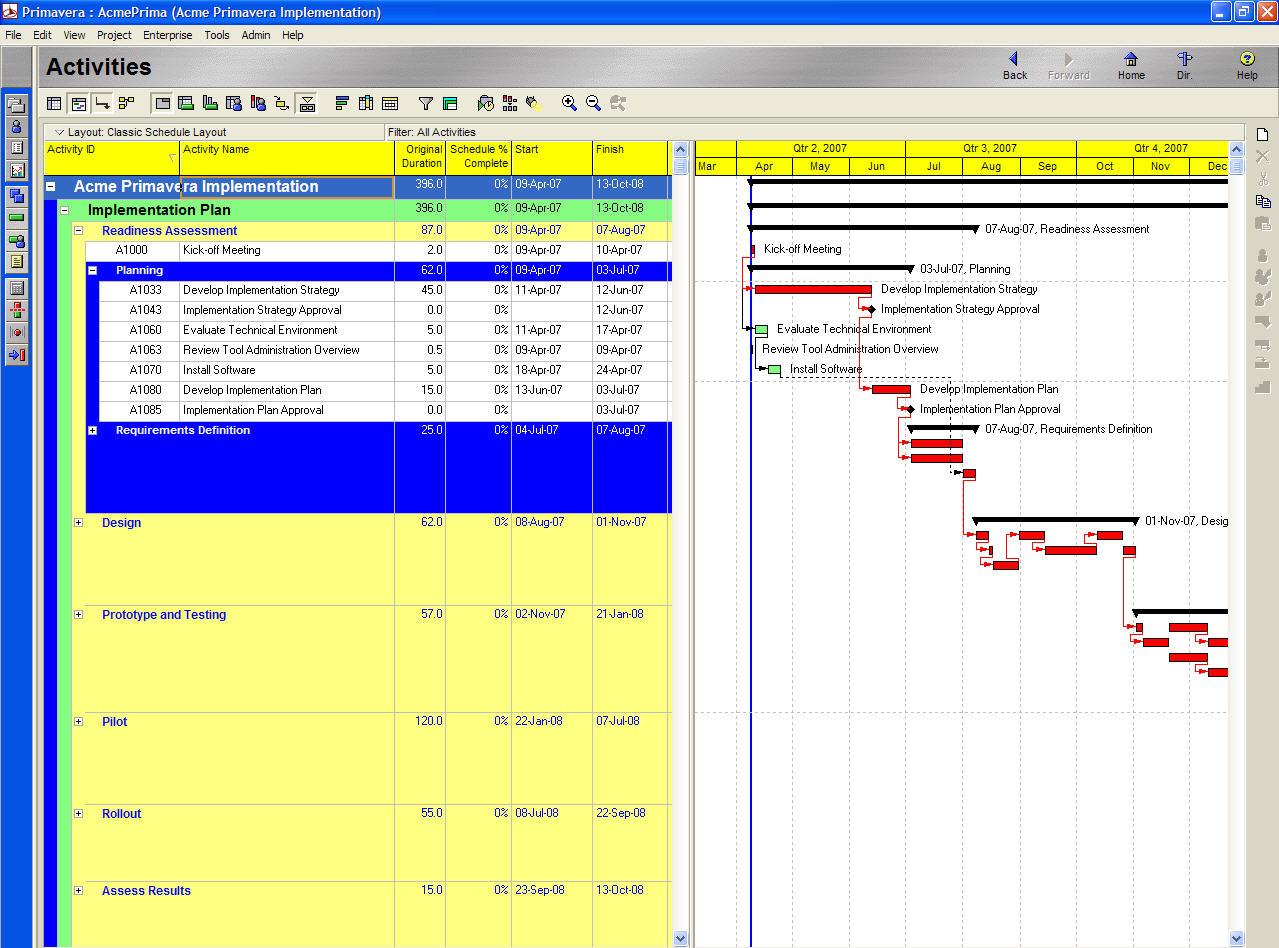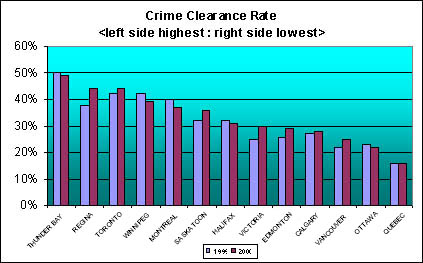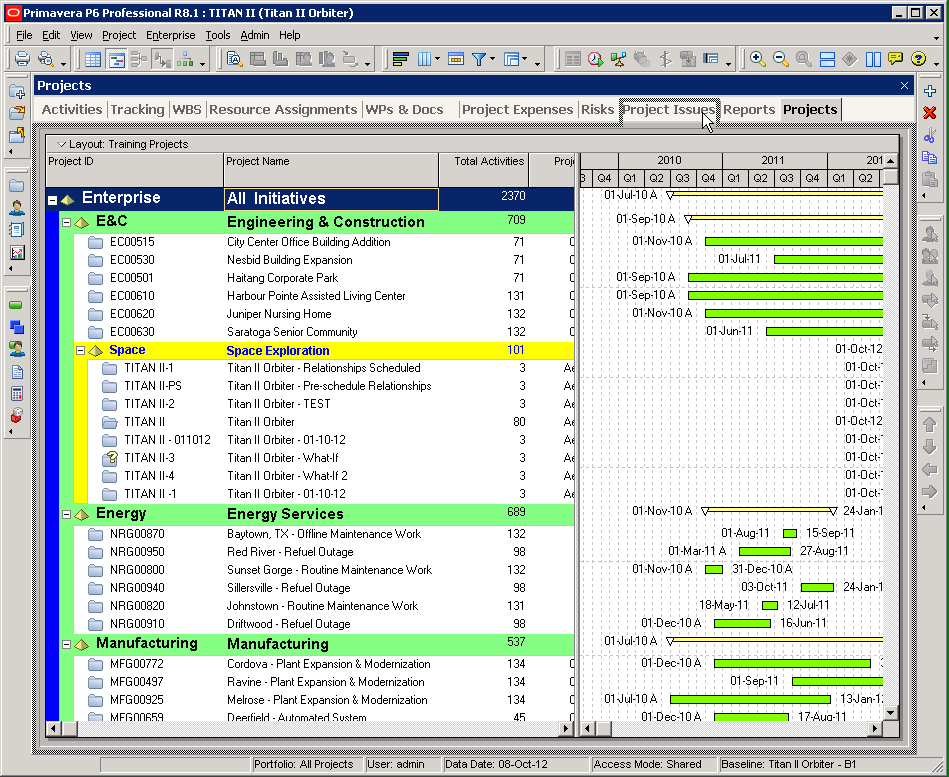PSGINCS provides certified project management consulting, training and scheduling jobs for better output in delivering and optimising tasks. It also plays an important role in implementation while delivering the best implementation services. As our tagline tells what we intend to deliver “accelerating time to value”, the words explains it all. We provide consulting and customer engagement services, because the fact that the involvement of the customer results in more accurate and precise performance delivery is a thing that should always be believed and valued. As an Oracle specialised primavera partner, maximising our delivery to performance is our first priority. As an oracle specialised Primavera P6 partner, PSGINC supports the entire primavera oracle application suite of product ,in addition to providing professional services. We have a team of industry veterans which comprises of consultants, implementation specialists ,solution architects project managers and schedulers which are thought to be recognised leaders in portfolio and project management industry.
Here the question arises, why PSGINC? The answer to this is adding value to your project and how this can be made possible. PSGINC chooses the best practices whether they project fits in any of the domains, ranging from IT to construction, the PSGINC make sure to use the best practices at hand.
The services thus delivered are beyond expectations, our main aim to deliver success to our clients. PSGINC understands the importance of selecting the compatible partner for the success of your project. the success depends highly on the frequency on which your partner thinks as well as the benefits he need to gain from the project, need to be same as yours. PSGINC supports the entire business and technology life cycle. From strategic planning to PMO development, quality assurance , implementation and post production support. when it comes to commitment to success, our commitment to success maximises the client’s existing skills and automatically lowers your cost of ownership of Oracle’s primavera P6.
The modern enterprises face tough competitions as well as complex enterprise and management systems thus requiring the efficient delivery and maintenance of resources.
Therefore on one hand they must obtain real time data about project operation, and on the other gain insight into their own competitive advantages.
Know with confidence that you are making informed business decisions that will be a positive blow to your business strategic and productive development. Response time and efficient services are critical to every situation , and they all should go hand in hand for best performance deliveries. Providing timely and effective delivery of PMO. Planning and co ordination of resources are all the basis on which the success of a project stands.
Alignment between company strategy, execution and results is highly essential to maintain the work flow of project. By serving all vertical markets we tend to assure the best delivery of services and deployment of tools at their best.
Our success is predicated to the integrity of solutions we deliver. We first assess the current situation of your organisation and what you desire to make it in future.










